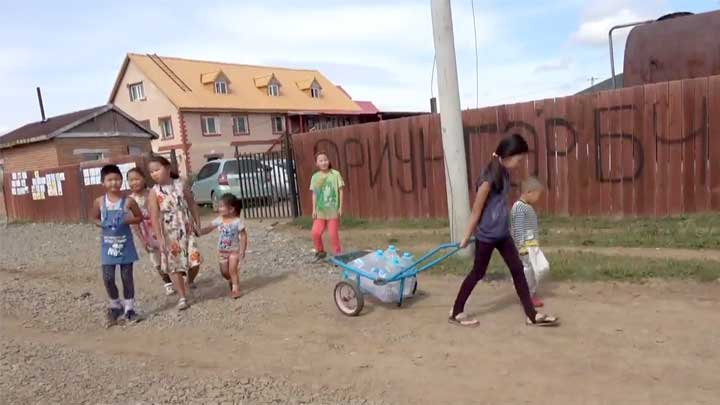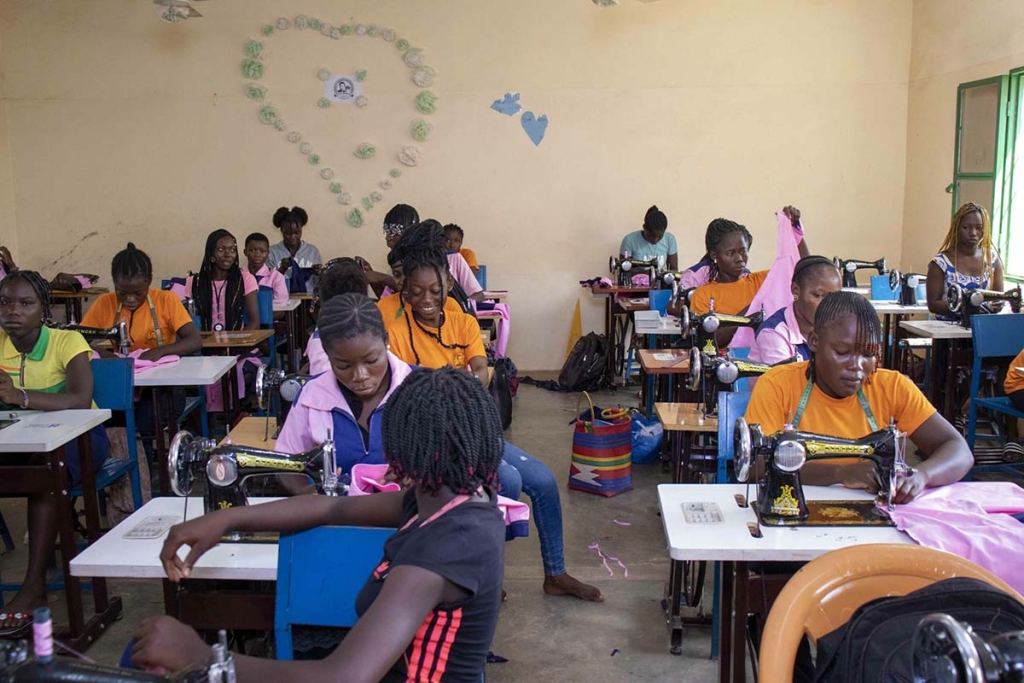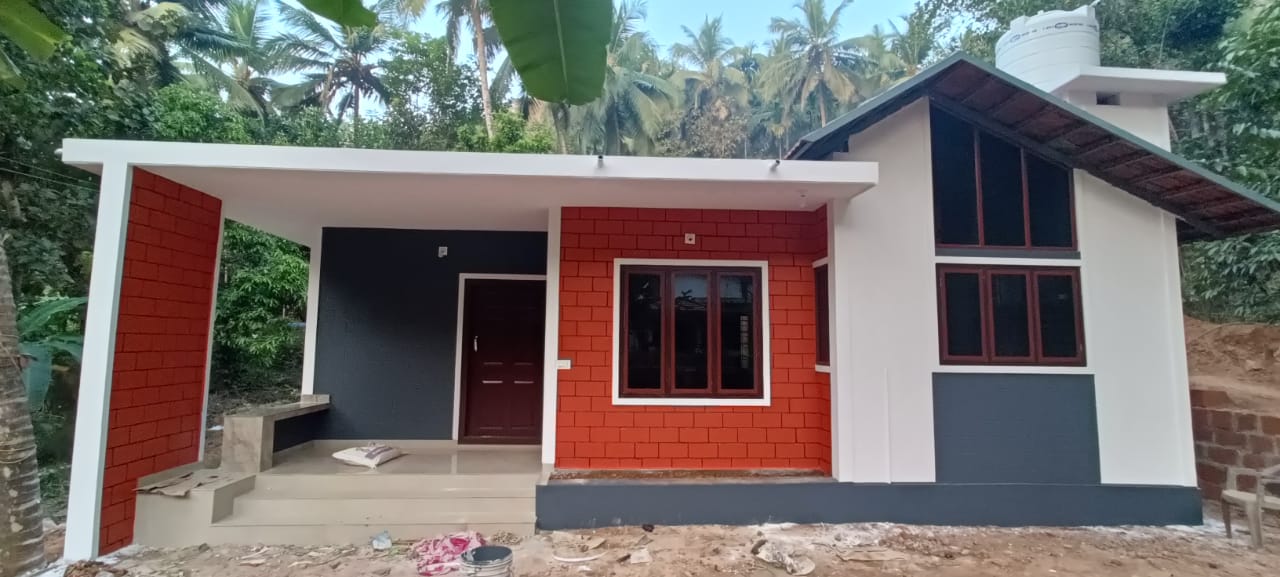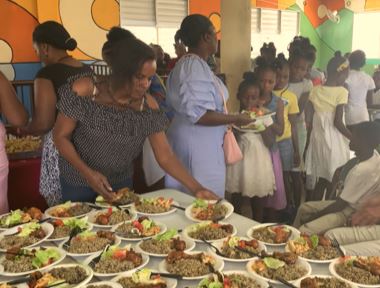MONGOLIA: Families have clean water for drinking, cleaning

Salesian missionaries provide clean water access to more than 300 families in Shuwuu
(MissionNewswire) Salesian missionaries have been operating the Catholic mission station of Shuwuu, Mongolia, for the past four years, but families who live in this district have been accessing water from the Catholic mission since 1998. Throughout the year, people from the countryside come to the well to stock up on drinking water to take to their homes.
At least 300 families come to the well because they have no other clean water access. In many places in Mongolia, water is a rare commodity and is often brought to villages by tanker trucks. Services like this are especially popular with families and young people in Shuwuu, especially during challenges times, such as this year. Mongolia has been in isolation since January, which has caused difficulties and challenges for its citizens.
Brother Andrew Le Phuong, director of the Salesian planning and development office in Ulaanbaatar, said, “Our hope is that clean water services and the other initiatives of the Salesians in Mongolia will become better known and attract more and more generous people around the world to contribute to our mission.”
Mongolia is not the only country that lacks access to clean water. UN-Water estimates that worldwide 2.1 billion people lack access to safely managed drinking water services and by 2050, the world’s population will have grown by an estimated 2 billion people, pushing global water demand up to 30 percent higher than today. One in four primary schools has no drinking water service, with students using unprotected water sources or going thirsty. In addition, UN-Water notes that more than 700 children under 5 years of age die every day from diarrheal disease linked to unsafe water and poor sanitation.
Close to 28 percent of the population in Mongolia is living at or below the poverty line with a significant jump to 35 percent for those living in rural areas. Herders in the countryside struggle to survive as their traditional livelihood dissolves, and there are few job opportunities for young generations. Prior to 1990, the country received nearly 30 percent of its gross domestic product from the former Soviet Union and had a centrally planned economy with the government providing basic goods and a full range of public services. As a result, poverty in the country was very low even in rural areas.
According to the World Bank, the poverty rate jumped to nearly 60 percent after 1990, which was directly linked to the country’s transition to a market economy after the breakup of the Soviet Union and the collapse of Mongolia’s centrally planned economy. Today, in part due to Mongolia’s vast mineral resources and mining, the country’s economy is rebounding and the poverty rate is in decline, having decreased from 38.7 percent in 2010 to where it stands today.
###
Sources:
ANS Photo (usage permissions and guidelines must be requested from ANS)
ANS – Mongolia – Clean water for 300 families
Salesians in Mongolia – Clean water access
Salesian Missions – Mongolia
World Bank – Mongolia





